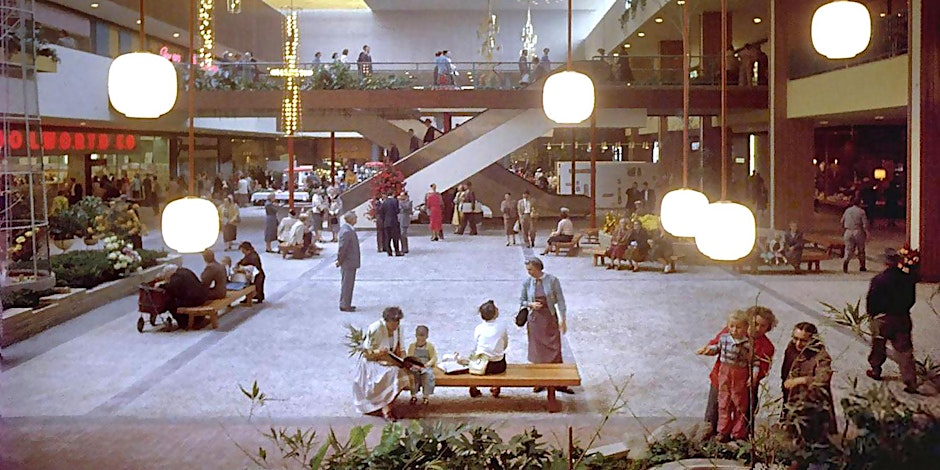Thursday, September 14
6:30 - 9:30pm EDT
Embassy of Austria
3524 International Court NW Washington, DC 20008 United States

Exhibit Opening: Victor Gruen and the American Century
Thursday, September 14 · 6:30 - 9:30pm EDT
Embassy of Austria
3524 International Court NW Washington, DC 20008 United States
On the occasion of the 75 Year - Anniversary of the Austrian Press & Information Service in the United States, the Austrian Embassy invites you to an exhibition opening followed by a wine reception.
President of the Austrian National Council Wolfgang Sobotka will formally unveil a new exhibit on the Austrian-American immigrant, Victor Gruen. A well-renowned architect and urban planner of his time, Victor Gruen is widely credited with inventing and popularizing the modern shopping mall.
About the Exhibition:
In the swiftly-evolving retail environment of today, in which the shopping malls of yesteryear are bulldozed and redeveloped through the lens of New Urbanism and increasingly converted into mixed-use developments, we revisit the life and bold-thinking of one of America’s great urban planners: Victor Gruen.
Victor Gruen (1903–1980) was an Austrian-born architect and urban planner, who significantly influenced the development of modern retail spaces and shopping centers. He is often referred to as the "father of the modern shopping mall" - a paternity he later rejected.
Gruen designed and built the world’s first "regional shopping centers" in the United States, blueprints for the modern shopping mall, which would eventually transform America’s built environment during the latter half of the twentieth century.
Gruen was a passionate advocate for humane urban planning. He believed that well-designed urban environments could enhance people's quality of life and foster a sense of community in the light of the sprawling suburbanization he witnessed in the United States. He aimed to create community centers where there were none: in Suburbia.
Gruen's innovative ideas in urban design and architecture transformed the way people experienced commercial environments. One such idea was embodied in 1956 by the Southdale Center, the first fully-enclosed, climate controlled shopping mall in the United States. It epitomized Gruen's focus on creating a centralized, climate-controlled shopping space with a mix of stores, restaurants, and communal areas and revolutionized the retail industry, shaping the way people interacted with consumer spaces.
However, Gruen grew increasingly disillusioned with the commercialization and suburban sprawl that his own concepts had helped to popularize. In his later years, he turned his attention to more socially and environmentally conscious projects, particularly inner-city cores, advocating for pedestrian-friendly streets, mixed-use developments, and green spaces.
We thus ask - are Gruen’s initial ideals closer to fruition today after having gone astray during the last half-century?
The exhibition is curated by Hannes Richter and Joshua Seale for the Austrian Press and Information Service in the United States. It is part of the series Towards the American Century: Austrians in the United States, produced in cooperation with the Austrian Marshall Plan Center for European Studies at The University of New Orleans.
A selection of Austrian wines will be served.










